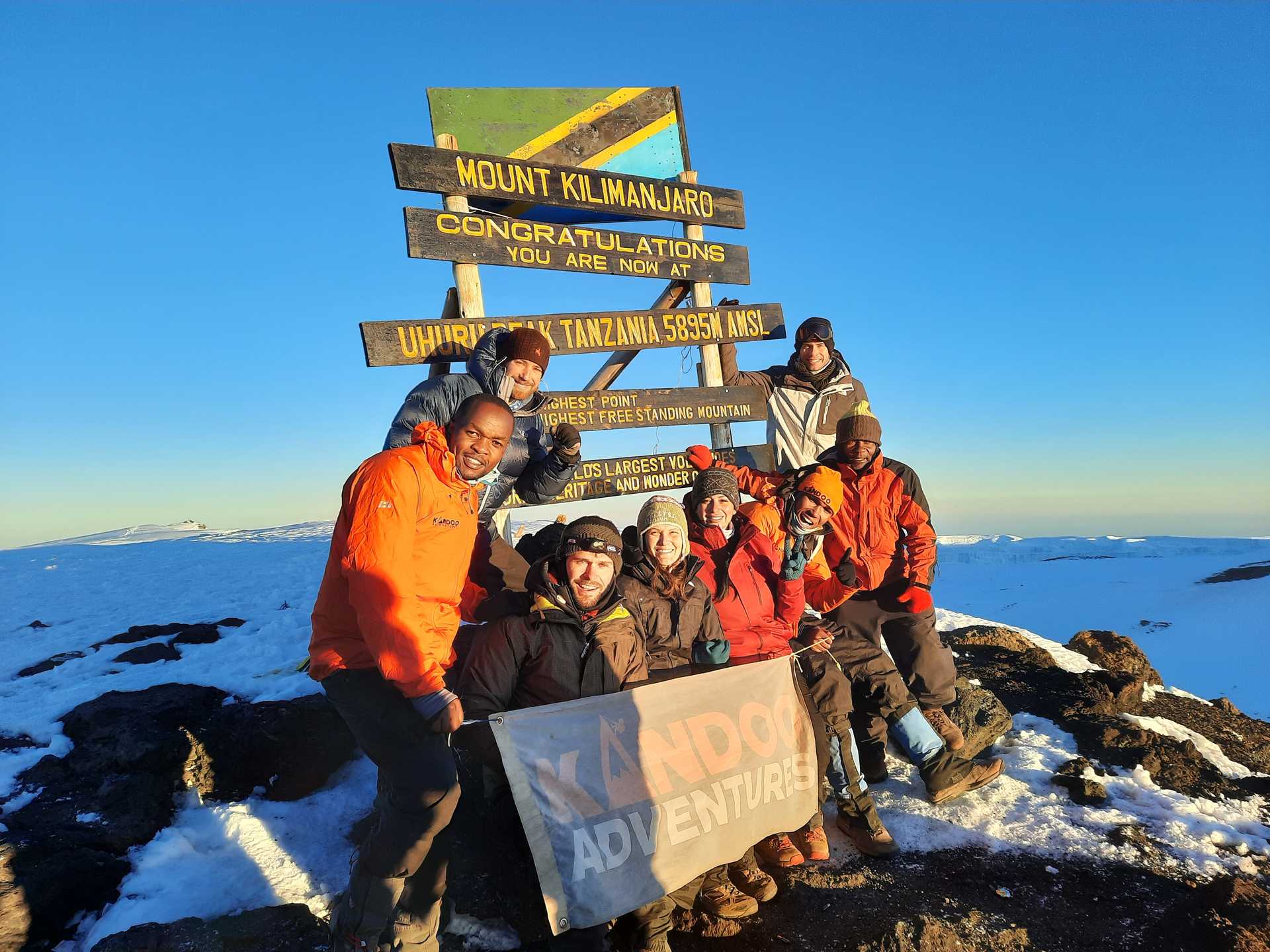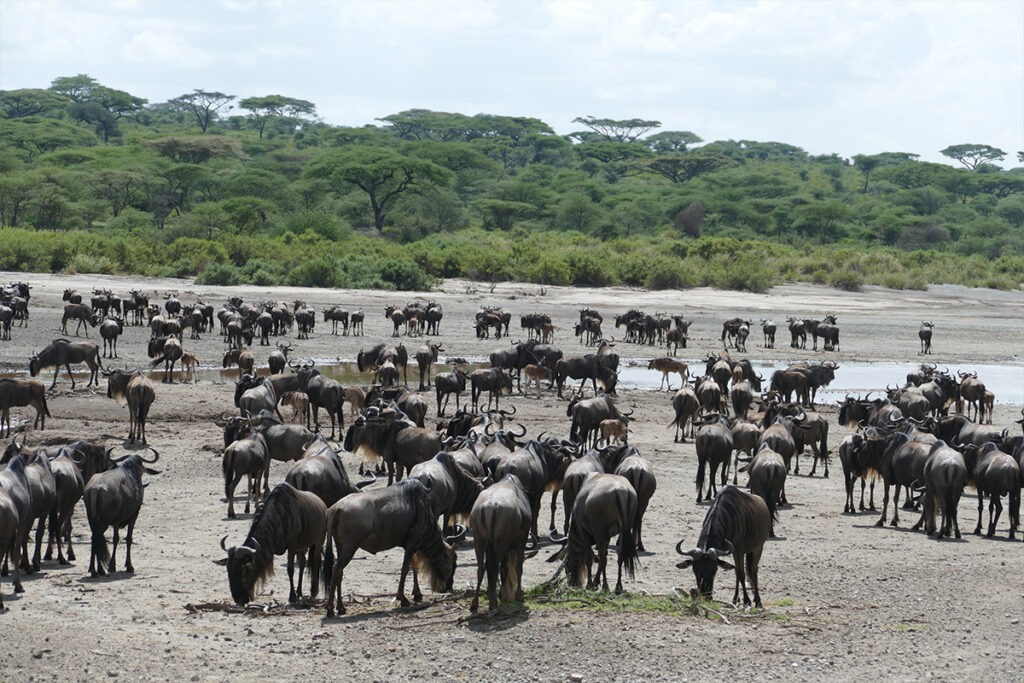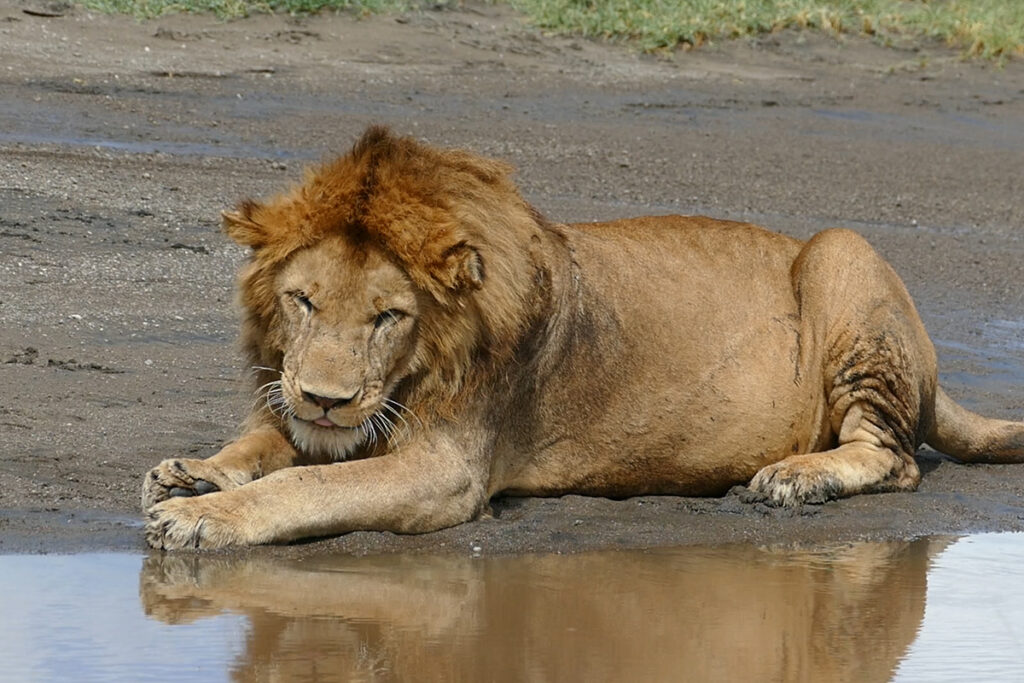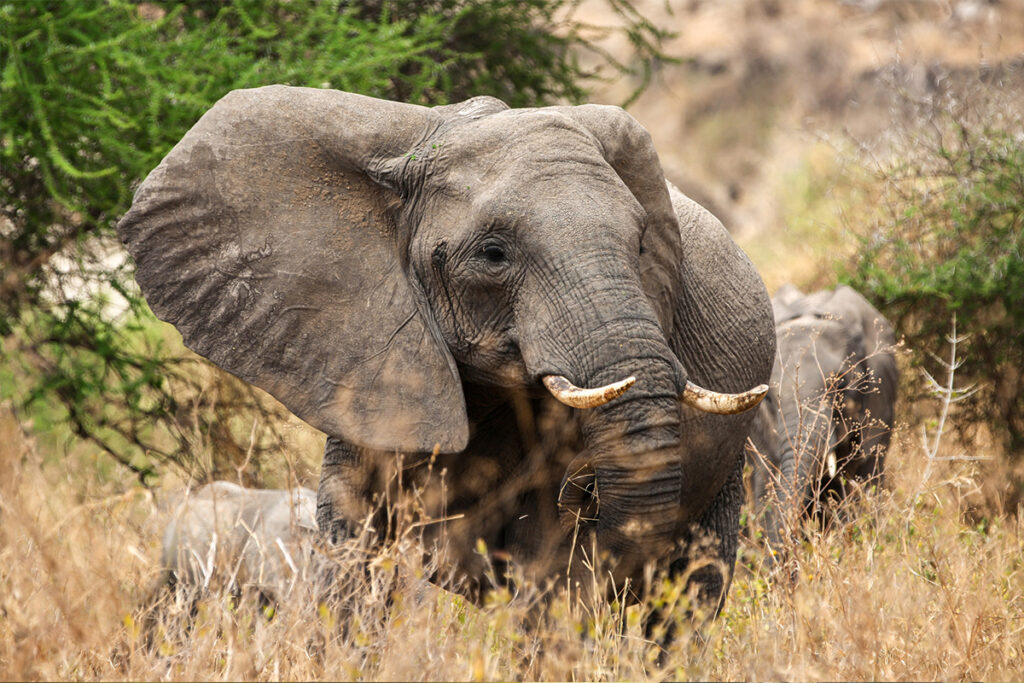Attempting to summit Mount Kilimanjaro, the highest free-standing mountain in the world, may seem daunting. Nevertheless, many adventurers without prior mountaineering experience have successfully reached its peak. The allure lies not just in the challenge but the majestic beauty and transformative journey it promises.
The critical factors for novice climbers include adequate preparation and acclimatization. Tanzania National Parks have designed multiple routes of varying difficulty to help climbers adjust. Interestingly, around one-third of trekkers on Kilimanjaro each year are first-time climbers, emphasizing that experience, while beneficial, is not a strict prerequisite.

Can I climb Kilimanjaro without experience?
Many people wonder if climbing Kilimanjaro is feasible without any mountaineering experience. Surprisingly, the answer is yes. While having prior experience can be beneficial, it’s not a strict requirement. The trek primarily involves walking long distances and carrying heavy gear. What matters most is your physical fitness and determination.
Preparation is key for a successful climb. Beginners should focus on building stamina and strength through regular exercise. It’s also essential to acclimatize to prevent altitude sickness. Joining guided tours can make the climb more manageable and safer. Certified guides provide valuable support and advice throughout the journey.
Choosing the right route can significantly impact your experience. Some routes are more beginner-friendly, offering gradual ascents and ample time for acclimatization. The Marangu and Rongai routes are popular choices for novices. They provide easier terrain and high success rates.
A positive mindset also plays a crucial role in reaching the summit. Staying motivated and pushing through challenges can make all the difference. Many first-time climbers have successfully reached the peak due to their mental toughness and perseverance. Remember, climbing Kilimanjaro is as much a mental challenge as it is a physical one.
Understanding the Basic Requirements
Climbing Kilimanjaro requires more than just enthusiasm. There are several basic requirements you must meet. First, you need to be in good physical health. Regular exercise and stamina-building activities are crucial. This helps prevent injuries and improves your ability to handle long treks.
Acclimatization is another key factor. Kilimanjaro’s high altitude can cause altitude sickness if your body isn’t used to the thin air. Taking time to acclimatize increases your chance of a successful climb. Most guided tours include acclimatization schedules. This is essential to adjust your body gradually.
Having the right gear is essential for your safety and comfort. You will need warm clothing, a good pair of hiking boots, and a quality sleeping bag. Here’s a quick checklist to help you pack:
- Thermal Layers
- Waterproof Jacket and Pants
- Hiking Boots
- Sleeping Bag rated for low temperatures
- First Aid Kit
Lastly, consider travel insurance that covers high-altitude trekking. It provides you with financial protection in case of emergencies. Make sure your insurance covers evacuation services. Having a good insurance plan can provide peace of mind. It is always better to be prepared for any unforeseen circumstances.
Key Preparations for Beginners
Prepping for a Kilimanjaro climb involves several key steps. Physical training should be a priority. Walking long distances, stair climbing, and light weight lifting build endurance. Start your fitness training at least three months before your hike. Consistency is key to meeting your fitness goals.
Acclimatizing to high altitudes is also critical. Spend time at elevations over 8,000 feet before your trip. This helps your body adapt to less oxygen. Altitude sickness can be a serious issue. Gradually increasing altitude exposure can significantly help.
Packing the right essentials ensures a comfortable climb. Your packing list should include:
- Insulated Layers
- Rain Gear
- Headlamp with extra batteries
- Water Bottles and Purification Tablets
- High-Calorie Snacks
Finally, mental preparation is just as important. Visualizing your climb can boost confidence. Meditating and setting small goals can help manage stress. Many climbers find that a positive attitude helps them push through tough moments. Remember, mental toughness is as vital as physical strength.
Choosing the Right Route for Your Skill Level
Picking the right route up Kilimanjaro depends on your experience and fitness. The Marangu Route, known as the “Coca-Cola Route,” is great for beginners. It offers hut accommodations rather than tents. The path is well-trodden, making navigation easier. This route spans around 5-6 days.
The Rongai Route is another good option for first-timers. It approaches Kilimanjaro from the north. This route offers beautiful views and is less crowded. Despite being longer at seven days, it provides a gradual climb. This helps with acclimatization.
For those with a bit more hiking experience, the Machame Route is popular. Also called the “Whiskey Route,” it’s more challenging. The trek includes steeper trails and longer days. But the views and varied landscapes are truly rewarding. This route typically takes about 6-7 days.
The Lemosho Route is ideal for those seeking adventure with some experience. Spanning eight days, it offers stunning scenery and wildlife encounters. The added days allow for better acclimatization. Although longer, it boosts your chances of reaching the summit. Lemosho is less crowded, providing a more solitary experience.
Experienced climbers might opt for the Northern Circuit Route. It is the longest, taking 9-10 days to complete. The route circles around the northern slopes offering diverse landscapes. Due to its length, it offers excellent acclimatization. This route is for those looking for a comprehensive Kilimanjaro experience.
Before making your final decision, consult with experienced guides or tour companies like Sia Yangu Safari. They can help assess your skill level and recommend the best route. Proper planning ensures an enjoyable and successful climb. Always consider your physical condition and readiness.
Training Tips for Aspiring Climbers
Consistency in training is key to preparing for a Kilimanjaro climb. Focus on improving your cardiovascular fitness. This helps your body adapt to the stamina required for long hikes. Include exercises like running, cycling, and swimming in your routine. Aim for at least 30 minutes of cardio three times a week.
Strength training is equally important. Building muscle strength can support your body under the weight of a backpack. Incorporate exercises like squats, lunges, and deadlifts. Using weights or resistance bands can enhance your training. Aim to include strength workouts twice a week.
Flexibility exercises can prevent injuries during your climb. Yoga and stretching sessions improve flexibility and balance. Spending just 10-15 minutes a day can make a big difference. It also helps in relaxing your muscles after intense workouts. This reduces the risk of muscle strain.
Simulating the climb can greatly aid in preparation. Find local trails or long staircases to walk or run. Use the same gear you plan to take on your climb. This helps your body get used to the weight and feel of the equipment. It’s a practical way to make your body ready.
Join hiking groups or clubs for regular practice. Hiking with others can be motivating and fun. You can share tips and experiences. It’s a great way to build endurance and friendships. Plus, group hikes can simulate the camaraderie you’ll find on Kilimanjaro.
Lastly, focus on your diet and hydration. Eating a balanced diet rich in protein and complex carbohydrates fuels your body. Staying hydrated is crucial, especially during high-altitude training. Drink plenty of water throughout the day. Proper nutrition and hydration can significantly enhance your training efforts.
Success Stories: First-Time Climbers Who Conquered Kilimanjaro
Many first-time climbers have successfully reached the summit of Kilimanjaro. Take the story of Emma, a 34-year-old office worker. She had never hiked before but decided to take on the challenge. Through consistent training and mental preparation, she made it to the top. Her determination and preparation paid off.
Another inspiring tale is of John, a retired teacher. At 65, he decided to climb Kilimanjaro to prove that age is just a number. John prepared by walking a few miles every day. He also joined a local hiking group. His steady effort and positive attitude helped him reach the summit.
Sarah, a college student, managed her climb with a busy schedule. She carved out time for regular exercise and training hikes. Sarah also focused on her diet and hydration. Being part of a guided tour gave her tips and support. Her meticulous preparation led to a successful climb.
Consider the story of Mark, who used climbing Kilimanjaro as a way to overcome personal challenges. He wasn’t an experienced climber but used his goal to build physical and mental strength. Mark found that the journey itself was transformative. His success inspired others in his community.
Stephanie, a mother of two, balanced family life and training. She involved her kids in her prepping activities. They’d walk and hike together. This not only helped in her training but also became a bonding activity. Stephanie’s climb showed that determination combined with support can lead to amazing achievements.
These stories prove that with the right preparation and mindset, first-time climbers can conquer Kilimanjaro. Whether it’s overcoming personal challenges, proving age is just a number, or balancing a busy life, their success is inspirational. Each climber’s journey is unique but shares the common theme of determination and preparation.




